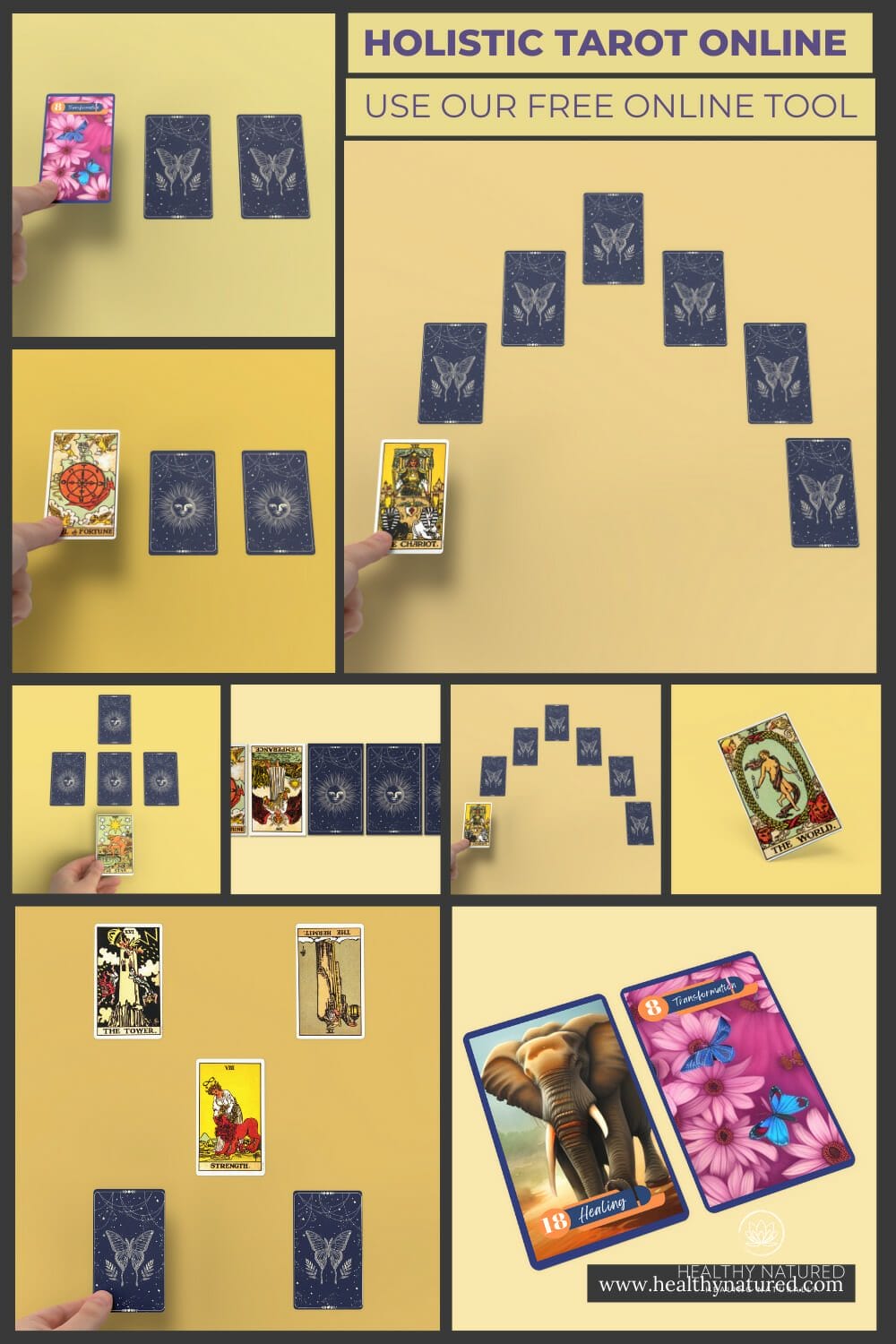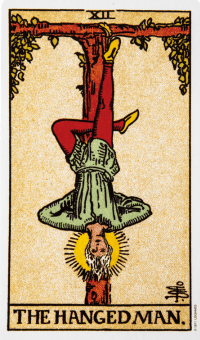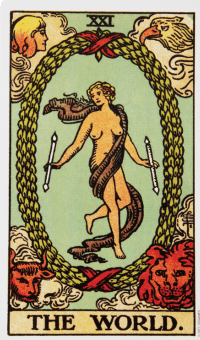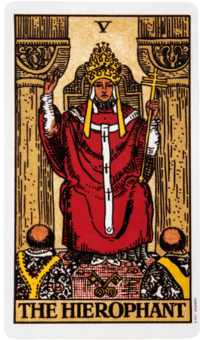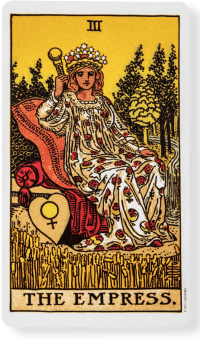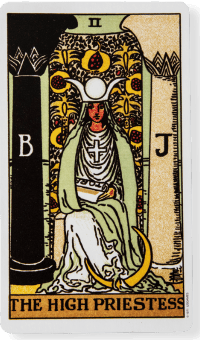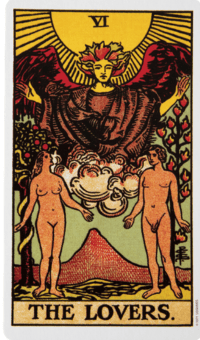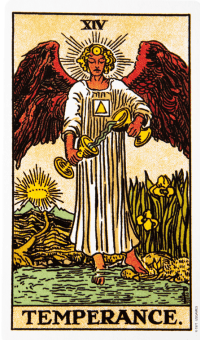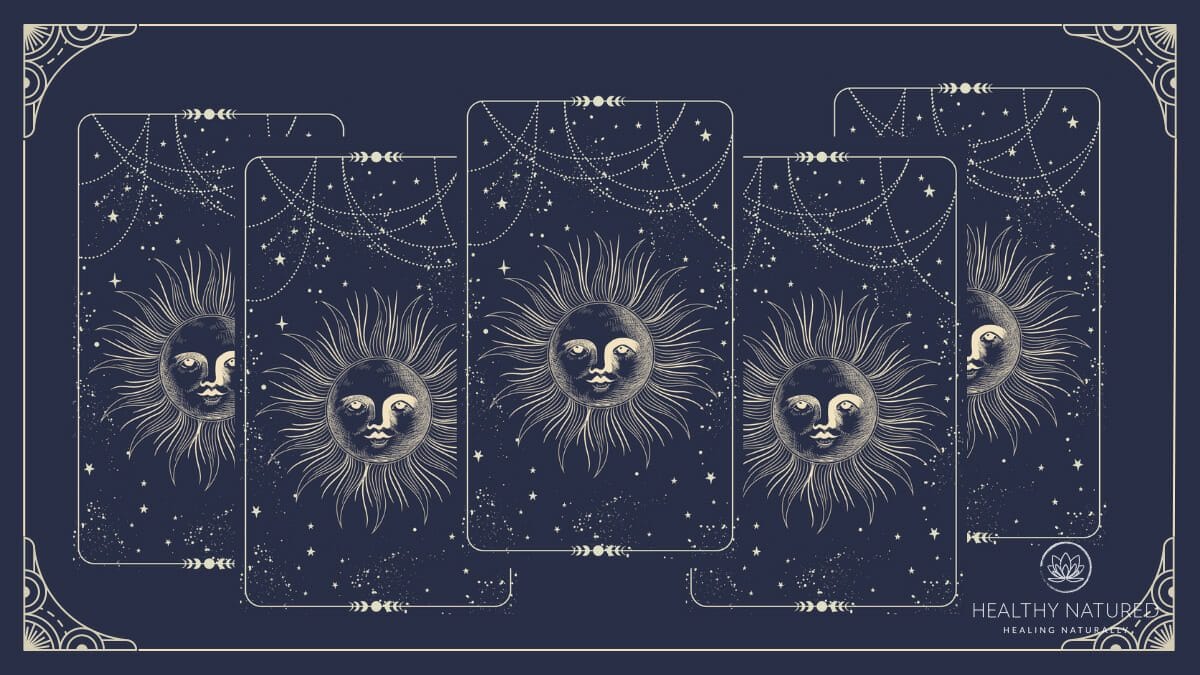
The 5 card theme looks at a specific theme or event. The cards signify the present situation, the influences, the challenges, the final outcome and the theme.
The Five Card Theme Tarot Spread
Before shuffling and selecting the five tarot cards, focus on your question. Then press the shuffle button. When you are ready you can click each card of the five card theme individually to reveal the insights for that specific card, or you can click the flip my cards button to reveal all of them at once.
The Five Card Theme Layout and Card Position Meaning.
The image below offers the explanation for the five card theme layout.
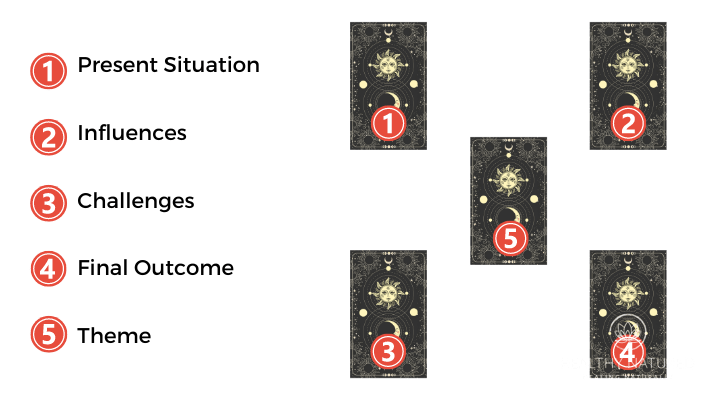
five card theme spread Possible Questions.
1. What is the root cause of the situation I am facing?
2. What is my biggest strength that can help me overcome this challenge?
3. What is my biggest weakness that I need to overcome in order to succeed?
4. What external factors are influencing the situation?
5. What internal factors are influencing the situation?
6. What can I do to improve my communication in this situation?
7. What can I do to strengthen my relationships with the people involved?
8. What opportunities are available to me in this situation?
9. What risks should I be aware of?
10. What is the likely outcome if I continue on my current path?
11. What is the best way to approach this situation?
12. What action should I take first to make progress?
13. What is the biggest lesson I can learn from this experience?
14. What is the message the universe is trying to communicate to me?
15. What is the true purpose of this situation?
16. What is the most important thing I need to focus on right now?
17. What is the most important thing I need to let go of in order to move forward?
18. What is the best way to find balance in my life?
19. What can I do to improve my financial situation?
20. What can I do to improve my career prospects?
21. What can I do to improve my relationships with my family?
22. What can I do to improve my relationships with my friends?
23. What can I do to improve my romantic relationships?
24. What is my biggest fear in this situation?
25. What is the best way to overcome my fear?
26. What are the hidden opportunities in this situation?
27. What are the potential pitfalls to avoid?
28. What are the best ways to deal with setbacks?
29. What are the best ways to deal with disappointments?
30. What are the best ways to deal with unexpected changes?
31. What are the best ways to deal with conflict?
32. What are the best ways to deal with betrayal?
33. What are the best ways to deal with loss?
34. What are the best ways to deal with failure?
35. What are the best ways to deal with success?
36. What are the best ways to deal with uncertainty?
37. What are the best ways to deal with self-doubt?
38. What are the best ways to deal with stress?
39. What are the best ways to deal with anxiety?
40. What are the best ways to deal with depression?
41. What are the best ways to nurture my spiritual growth?
42. What are the best ways to nurture my emotional growth?
43. What are the best ways to nurture my mental growth?
44. What are the best ways to nurture my physical growth?
45. What are the best ways to improve my intuition?
46. What are the best ways to improve my creativity?
47. What are the best ways to improve my problem-solving skills?
48. What are the best ways to improve my decision-making skills?
49. What are the best ways to improve my self-esteem?
50. What are the best ways to improve my overall well-being?
The five card theme tarot card spread is another excellent spread for divination.

